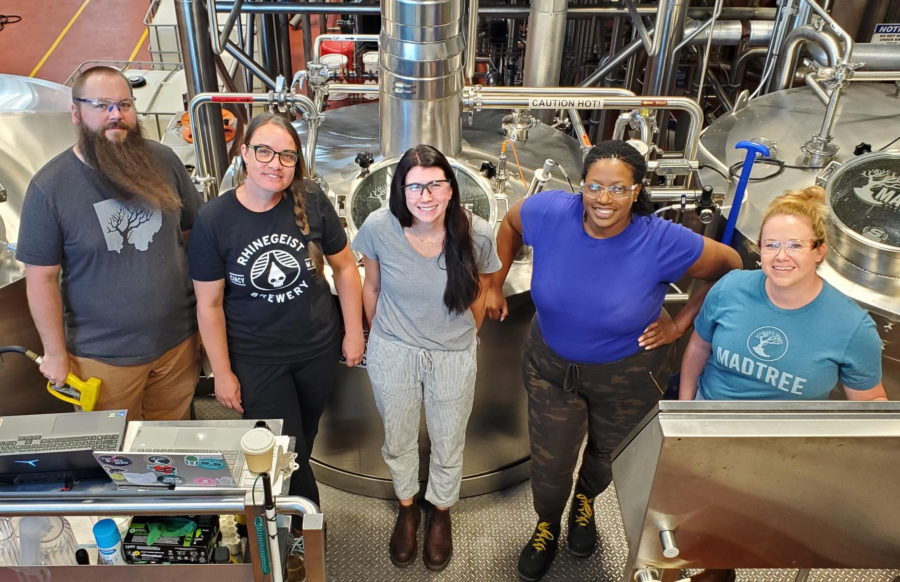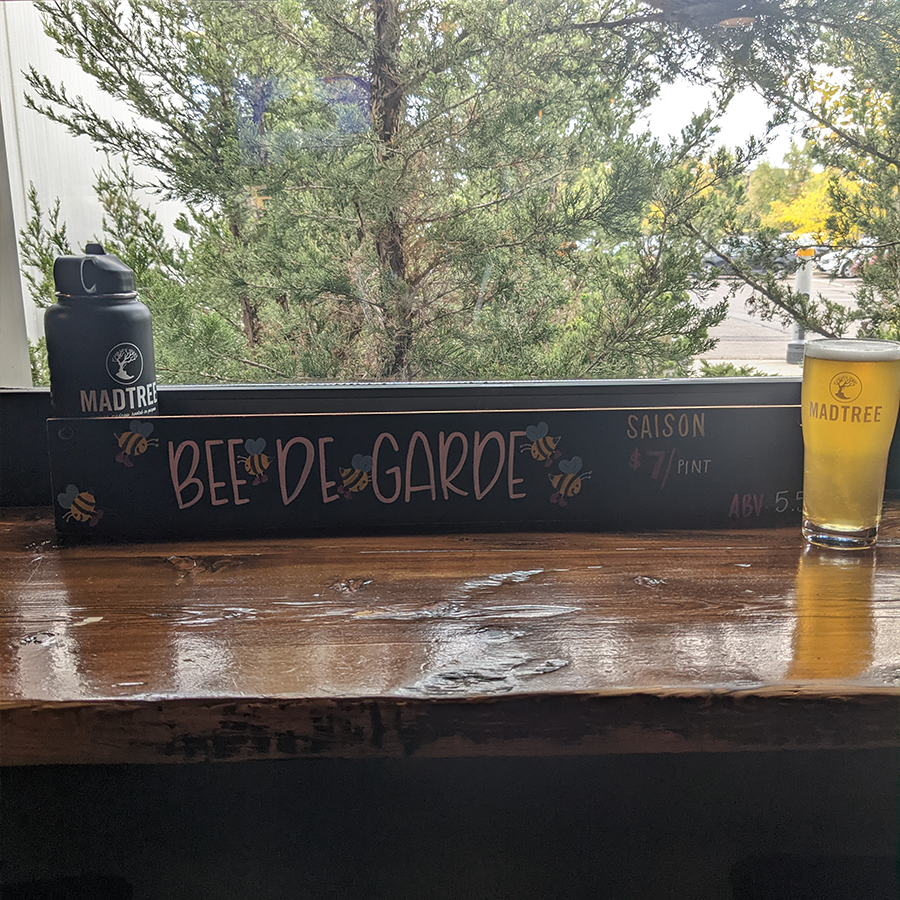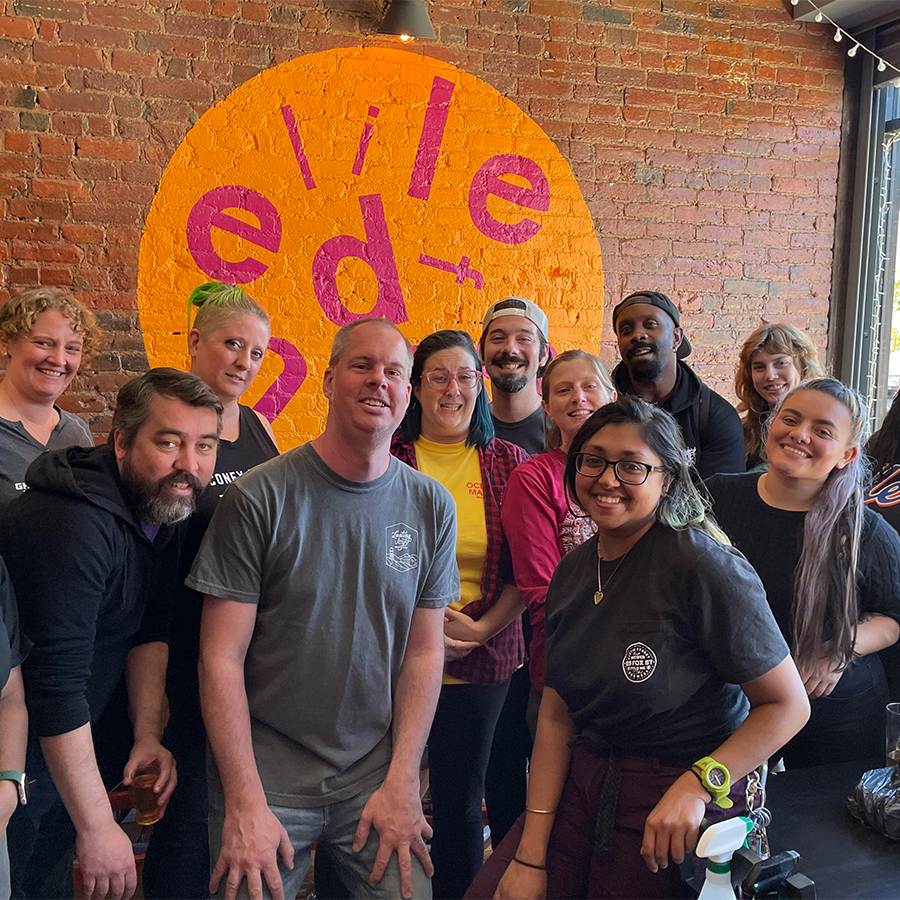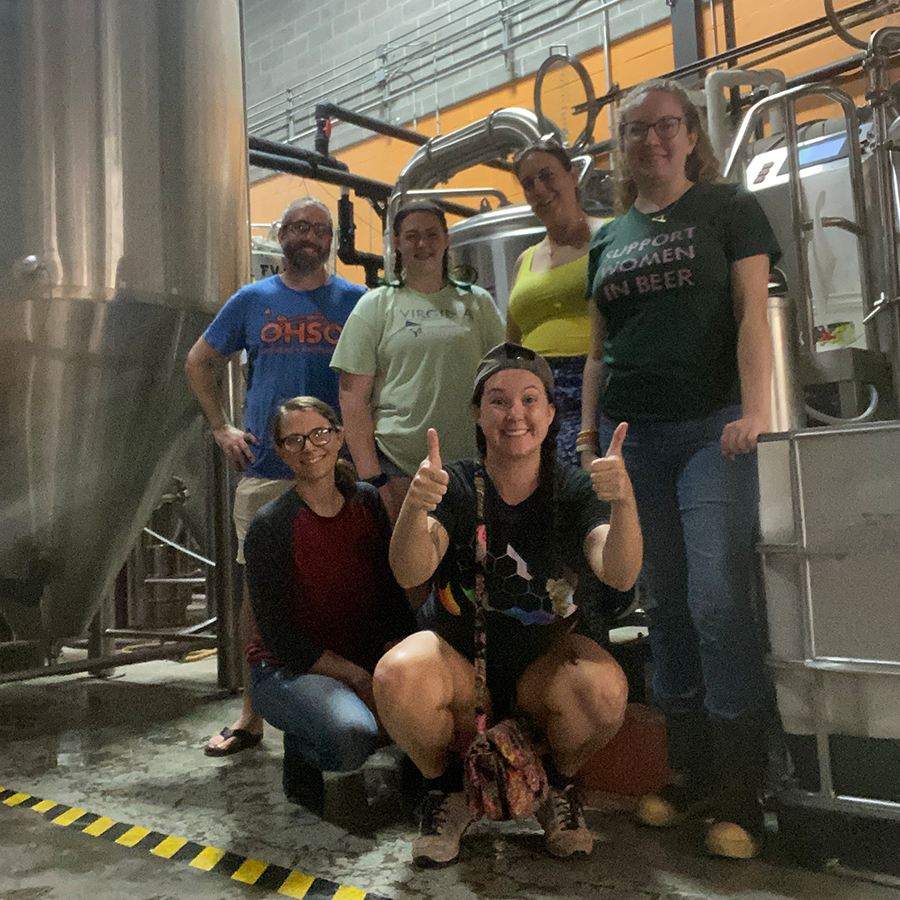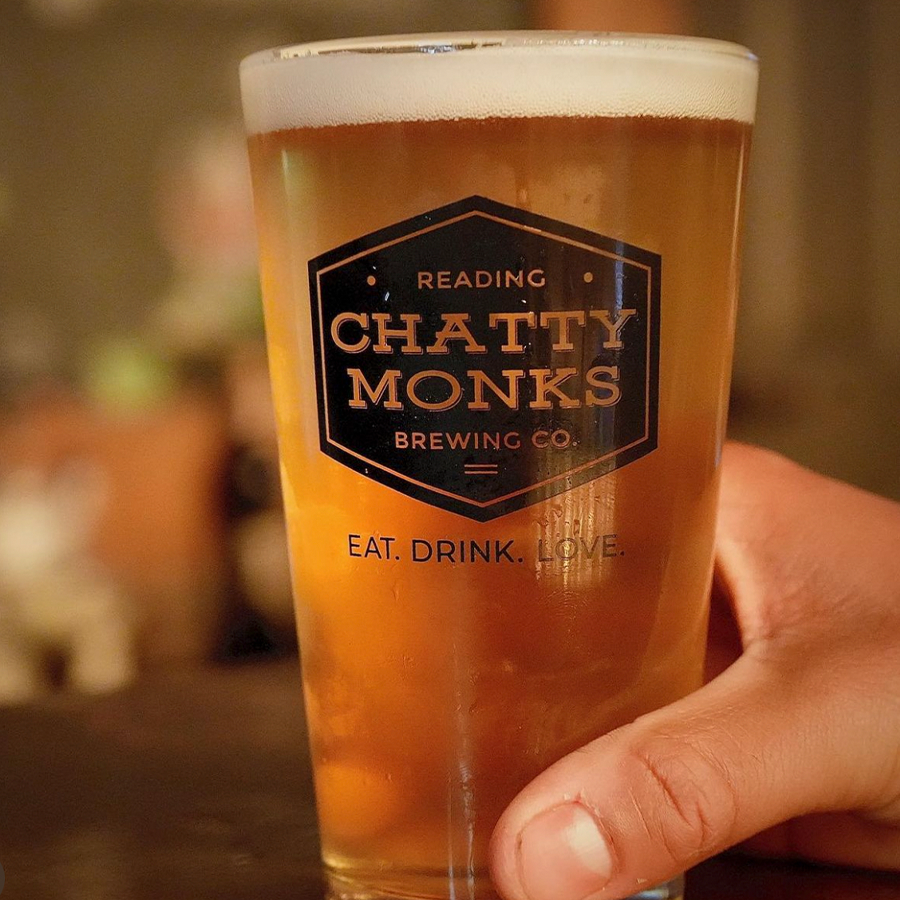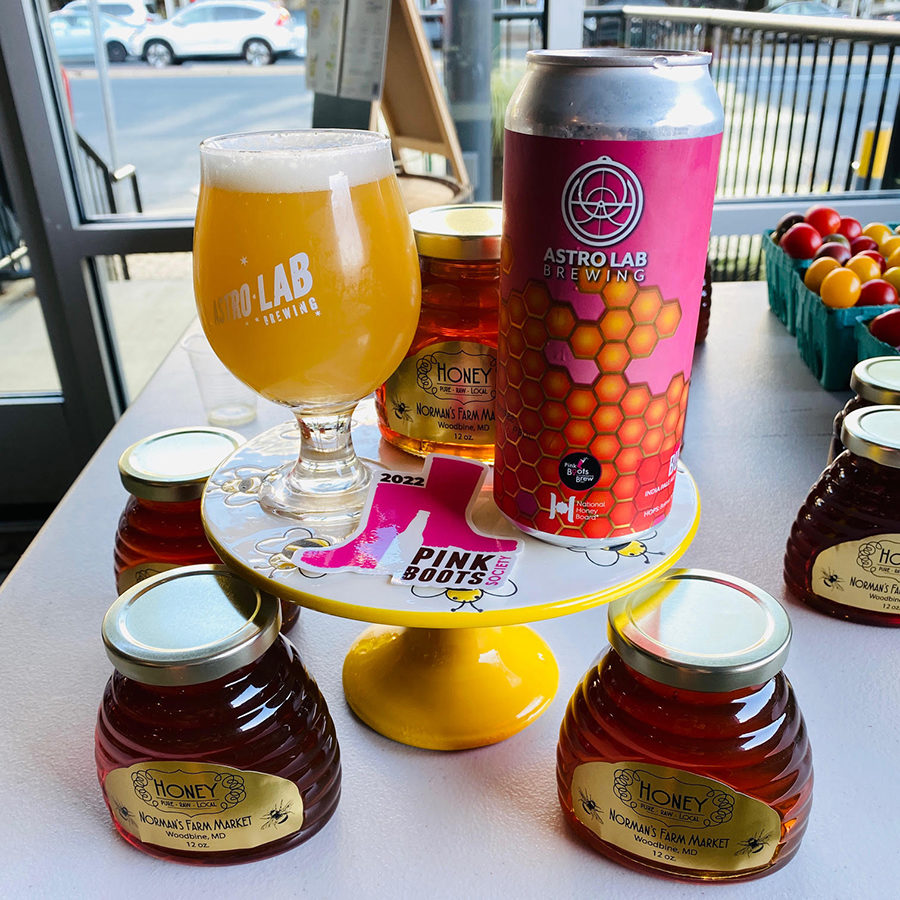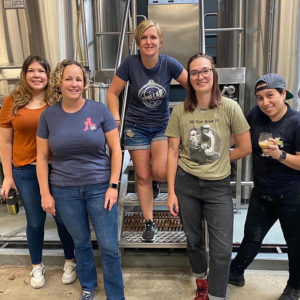
Pink Boots Washington D.C.
Once again, the National Honey Board partnered with Pink Boots Chapters from across the United States to celebrate National Honey Month, the female worker bees who make honey, and the female brewers who brew honey beers. Here are the stories from our collaborations in 2022.

